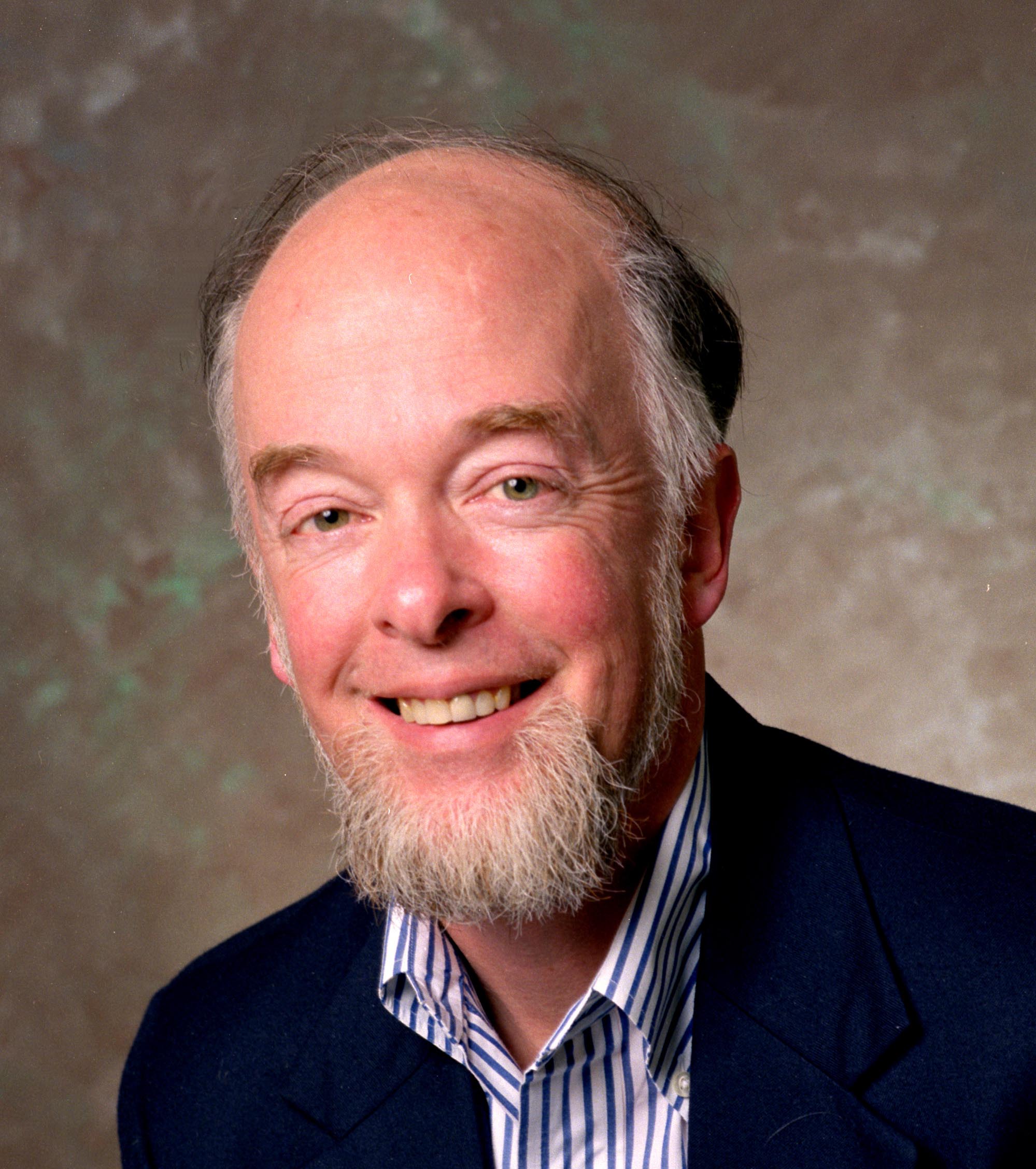Chris McKee received his Ph.D. in Physics from UC Berkeley in 1970. After a brief stay at Lawrence Livermore National Laboratory, he spent a year as a postdoc at Caltech. He then went to Harvard as an assistant professor of astronomy for three years, and in 1974 he joined the Physics and Astronomy Departments here at Berkeley. He served as the first Director of the Theoretical Astrophysics Center in 1985, and from 1985-1998 he directed the Space Sciences Laboratory. He was the Henry Norris Russell Lecturer of the American Astronomical Society in 2016 and appointed a Legacy Fellow of the Society in 2020. He has been both a Miller Professor and a Guggenheim Fellow. He was the co-chair of the 2000 decadal survey in astronomy and astrophysics, which recommended what is now called the James Webb Space Telescope as its top priority.
Research Interests
Much of my research focuses on how stars form out of the diffuse interstellar medium of galaxies. This problem is conceptually challenging because of the wide variety of physical processes involved and because it involves complex nonlinear interactions. In some cases these problems must be addressed computationally, and in that case the challenge comes from the wide range of scales involved. Problems of current interest include:
Formation of the First Stars. The initial conditions for the formation of the first stars are determined by the primordial density fluctuations from the Big Bang. It is believed that these stars were very massive, 100-1000 times more massive than the Sun. The star's mass determines whether it ends up as a black hole, or whether it ejects most of its mass back into the ambient medium in the form of heavy elements. Magnetic fields can have a strong influence on the formation of these stars.
Formation of Star Clusters. Most stars form in clusters. As the stars form, they inject an enormous amount of energy into the cluster by means of powerful magnetized jets. Massive stars also emit copious amounts of ionizing radiation. This stellar feedback alters the conditions in the gas out of which the stars are forming, and may accelerate or quench further star formation.
The Circumgalactic Medium of Galaxies: Much of the gas in galaxies is far beyond the stars in the galaxies. Some of this gas is accreted from the ambient intergalactic medium, and some has been ejected from the galaxy by processes associated with star formation, such as supernovae. What are the properties of the circumgalactic medium of galaxies implied by observation?
Recent Publications
C.F. McKee & E.C. Ostriker. Theory of Star Formation, Annual Reviews of Astronomy and Astrophysics, 45, 565 (2007).
C.F. McKee, A. Parravano & D.J. Hollenbach. Stars, Gas, and Dark Matter in the Solar Neighborhood, Ap. J., 814, 13 (2015).
M.R. Krumholz, C.F. McKee, & J. Bland-Hawthorn. Star Clusters across Cosmic Time, Annual Reviews of Astronomy and Astrophysics., 57, 227 (2019).
Y. Faerman, A. Sternberg, & C.F. McKee. Massive Warm/Hot Galaxy Coronae: II Isentropic Model, Ap. J., 893, 82 (2020).
C.F. McKee, A.R. Stacy, & P.S Li. Magnetic Fields in the Formation of the First Stars. I. Theory vs. Simulation, M.N.R.A.S., 496, 5528 (2020).
A complete list of my publications can be found on the Astrophysics Data System at NASA/ADS.

